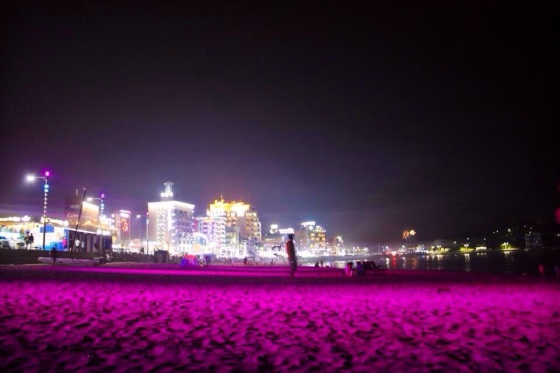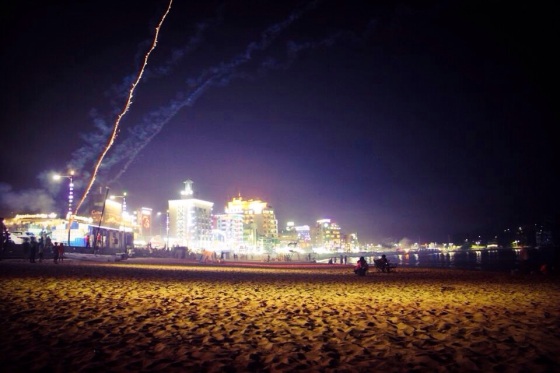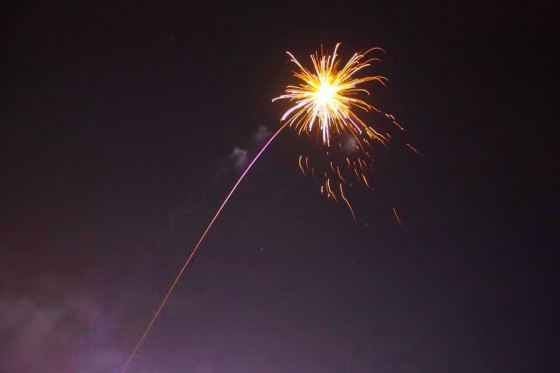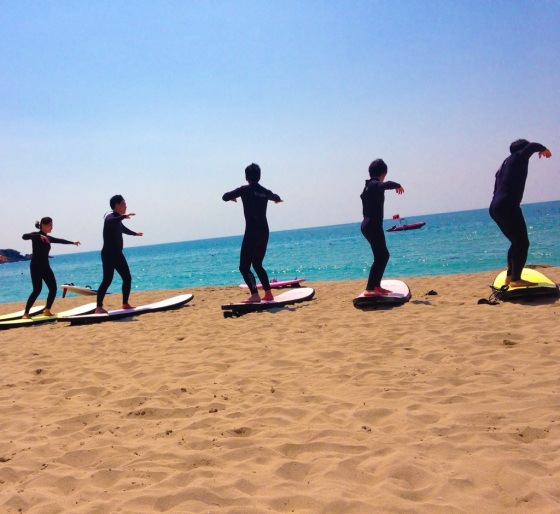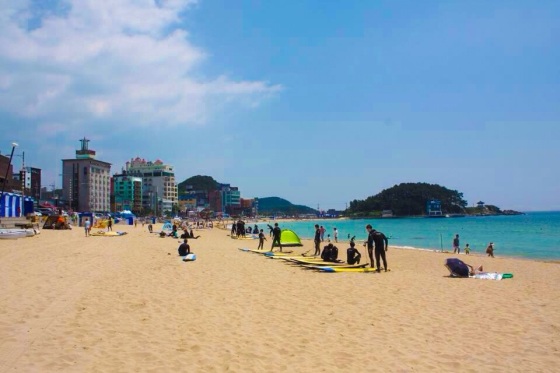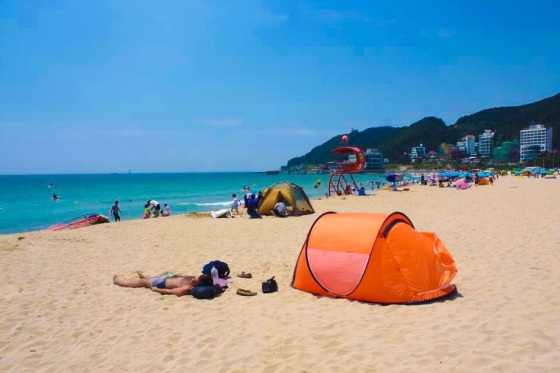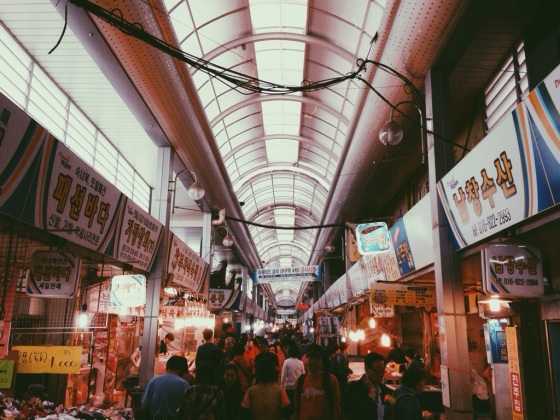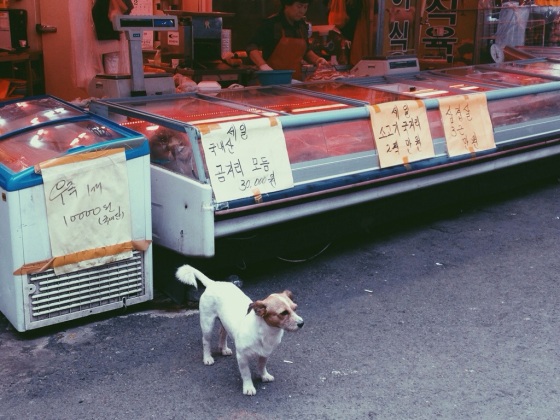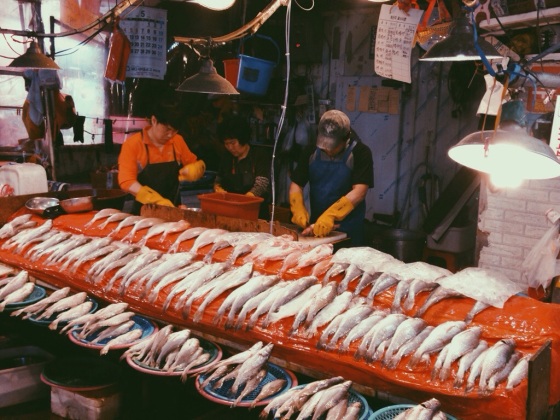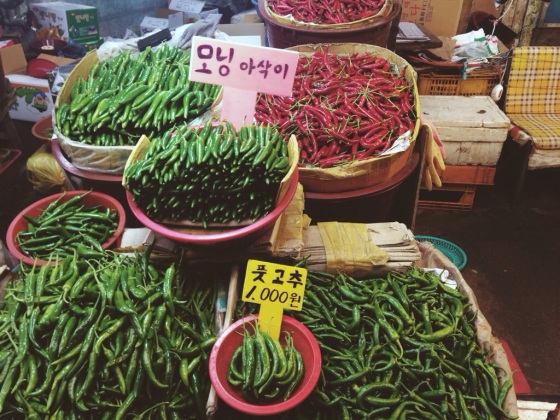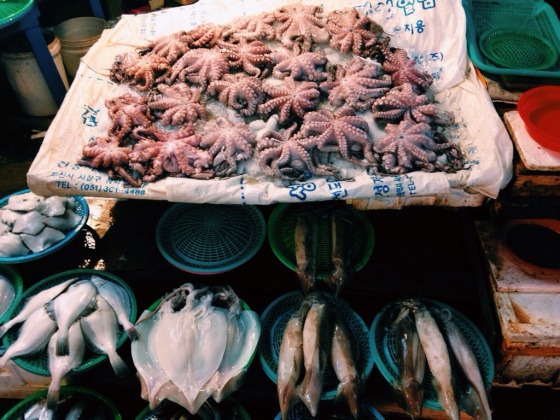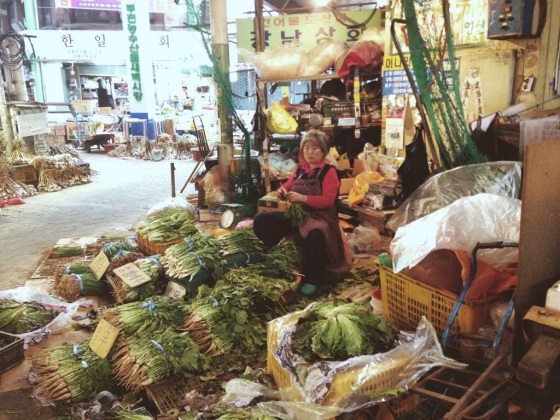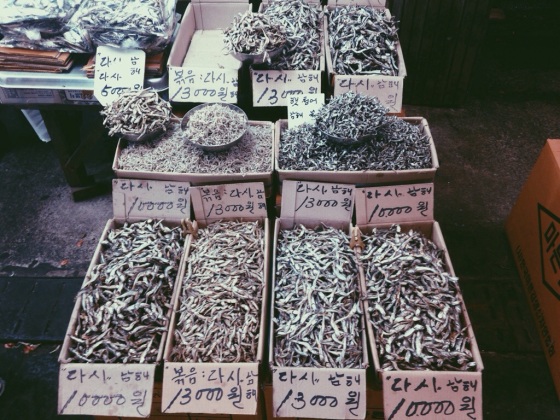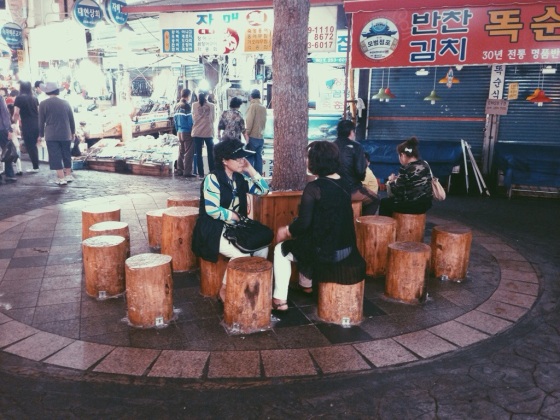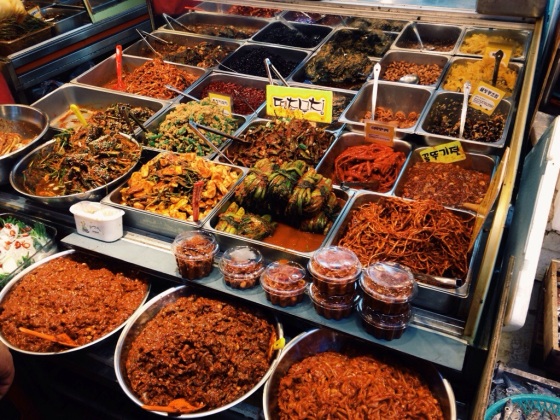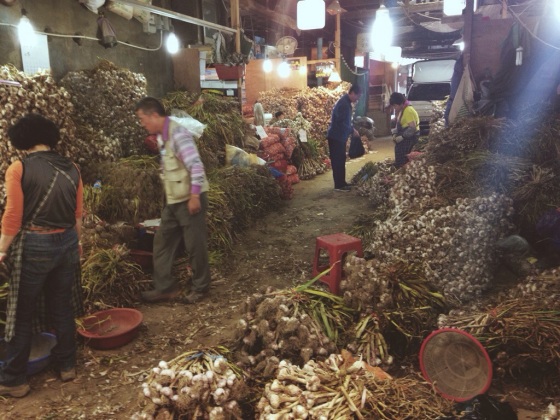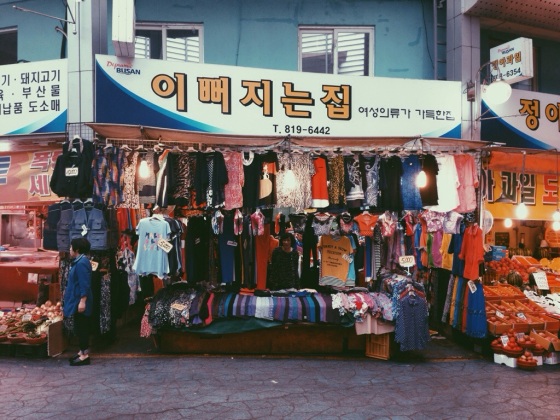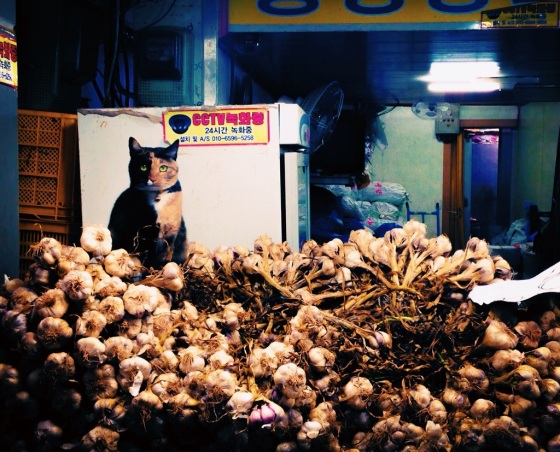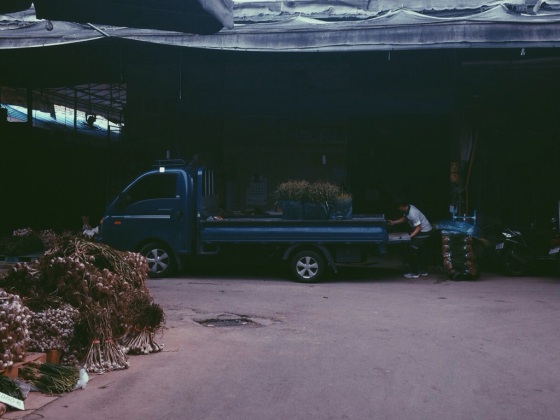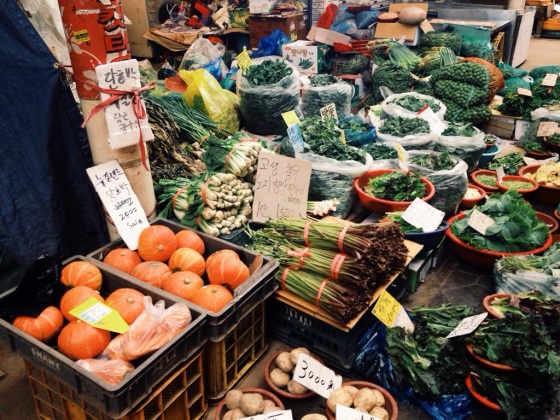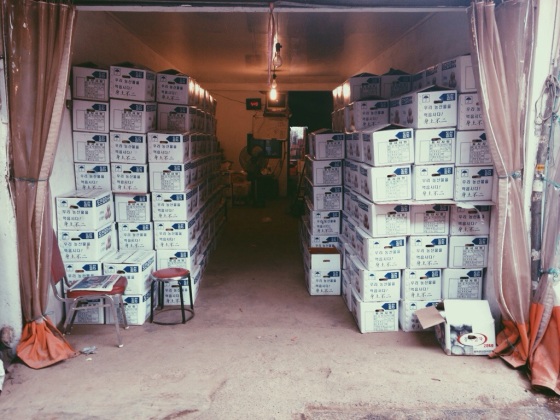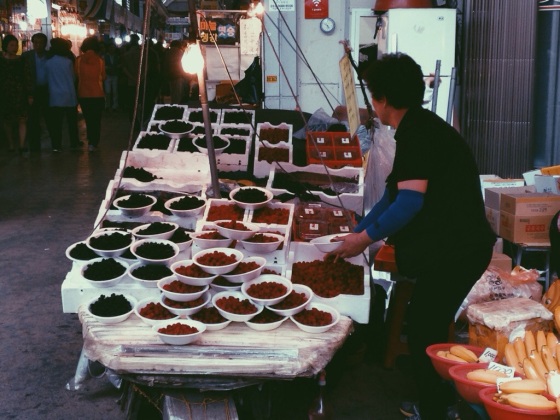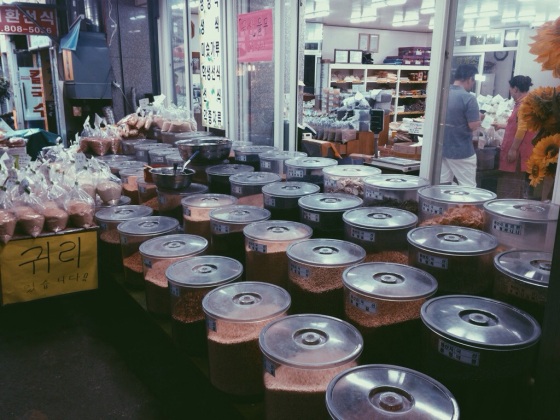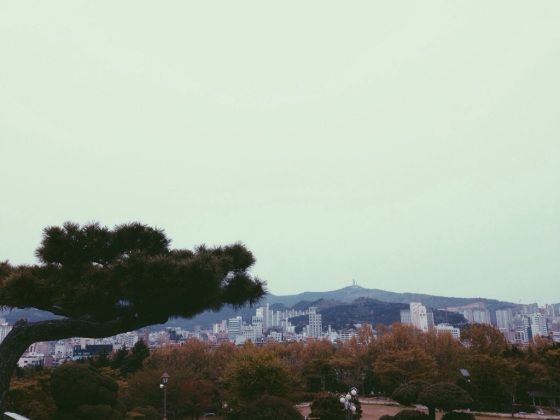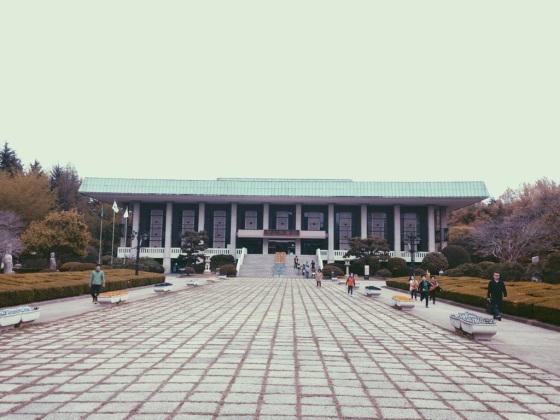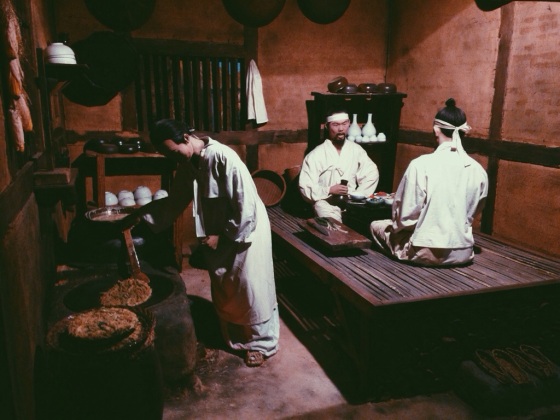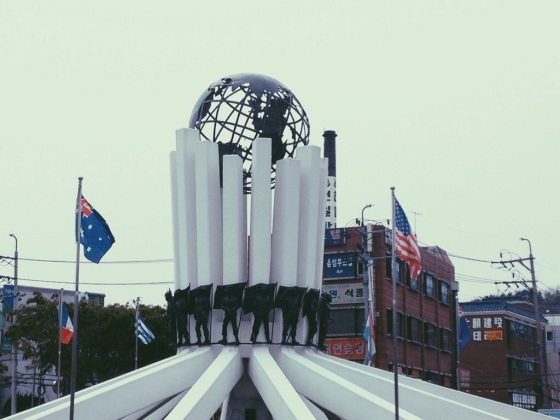This is a Busan Ex-Pat City Guide post. Check out the rest of my list here.
Photos by David Smolak. Check out his Instagram and Tumblr for more of his photography.
After a pretty disastrous camping experience on Bijindo Island in early June, I was feeling slightly wary that “Camping at Songjeong Beach” was one of the last fixtures on my Korean Bucket List. To give you some context, I was incredibly under-prepared to sleep in the sand at Bijindo. I brought no bedding of any kind; light, ineffective clothing, and very little food for an overnight stay under the stars on a relatively deserted island. I’ve had some pretty terrible slumbers during my time in Asia (Tokyo stairwells, anyone?), and Bijindo certainly qualifies as one of the worst.
Thankfully, every situation is one to learn from, so when the last weekend of June was all cloudless and sun-drenched, I decided I would go whole-hog on preparing for a night and day at Songjeong Beach. Three bags full of blankets, pillows, chunky sweaters, sweatpants, and a two-person tent later, I was hailing a cab with my fellow Montrealer, David, our sights set for Songjeong Beach.
I had forgotten how much I really enjoyed the atmosphere of Songjeong Beach (my last visit there was in mid-August 2013). Comparatively smaller than Haeundae and Gwangalli, Songjeong was still teeming with the excited chatter of groups sipping soju and wild shrieks of children building sandcastles when we arrived at 10:30PM. After we set up our sleeping arrangements, we gathered the necessary supplies for a “millennial sleepover” – beers, snacks, and plenty of ammunition for a three hour game of “Never Have I Ever”, all to the tune of crackling fireworks exploding overhead. It was truly the childhood experience I had never had!
Overnight at Songjeong was much more restful than Bijindo had been, although, the tent basically became on oven at around 7AM with the sunrise. David and I rose with it, taking an early morning dip in the ocean and settling into a day of sunbathing. Eventually, the locals of Busan’s famed “surf beach” began to spill out of the numerous surf shacks lining Songjeong’s main strip. We watched a dozen surfers warming up, their brows dripping and tensing up with sweat and pain under the hot sun. They took to the water and rode baby waves onto the shore until well into the late afternoon. Around them, children splashed and frolicked happily under the hot sun and their parents’ reproachful eyes. David and I took in the sights and sounds of Songjeong Beach until the sun disappeared behind the clouds at around 5PM. With my sunburn in tow, I headed back to Haeundae at the close of yet another weekend in Busan.
Songjeong Beach is the perfect location for those looking to camp in Busan on a sunny weekend – a small and quiet beach buzzing with families and couples, offering a great ambiance. The biggest draw for those Frugal Freddies is that Songjeong is free of charge for camping, and thus, totally free of troubles.
Directions
To get to Songjeong Beach, take the Green Line on the Busan Subway (Line 2) to Haeundae Station (stop 203), and go out exit 7. From here, take either Bus No. 100, 100-1, 139, or 142. The ride should take approximately 20 minutes, depending on traffic. Get off at Songjeong Station and walk 600 meters until you reach the beach. Alternatively, a cab from Haeundae should cost approximately ₩5,000.

